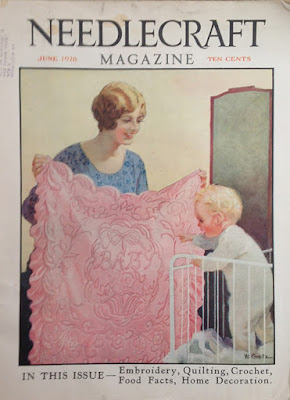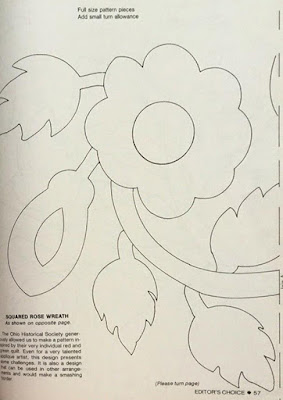July 10, 1886
1886, Mrs. Reed whose recreation was "to piece bed-quilts" sent this pattern to the Prairie Farmer magazine suggesting an old fashioned color scheme of red or green on white.
Kind of like this one.
Quilters stitched a lot of variations on the basic sawtooth design
but Mrs. Reed's pattern is one of only a few actually published.
I added it to the new Encyclopedia of Pieced Quilt Patterns
and BlockBase+, where it's one of the earliest published, named designs.
Marie Webster gave a similar design the name Double X in 1915.
From Webster's book.
From the Ohio project, published in their book.
I've always liked this quilt, which looks 1840-1860.
I drew it up in EQ8 by exporting the BlockBase+ file, recoloring
it and setting it side by side, but not on point. I used fabrics
from my new Ladies' Legacy repro line from Moda.
Details from about the same time
Variations date back to the 1840s at least.
From a Copake auction, maybe 1870s
That blue-violet and the paisleys and the stripes
1870-1890?
Looks Pennsylvania German, 1880-1910?
Alternated with a plain block.
A pretty good plan.
Is that a claret-colored red? Early 20th century?
Green calicoes tough to date.
This block---early 20th century
Lowndes County Historical Society in Georgia
Several from online auctions---all look to be early 20th
Sashing a good idea---here it is in Ladies' Legacy.
About 1900
Red & white hard to date, after 1880
It's a good idea, a counter-change coloring
with dark blocks and light blocks alternating.
But she had trouble.
Hmmm.
A 10" finished block using the BlockBase+ rotary cutting feature.






















































